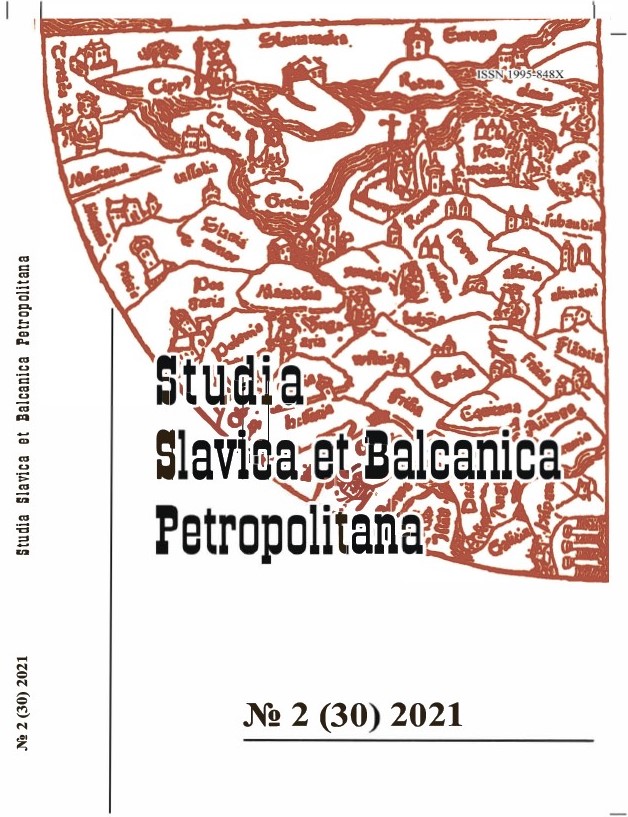Volley fire in Europe in the mid-16th century
Volley fire in Europe in the mid-16th century
Author(s): Aleksander Bołdyrew, Karol ŁopateckiSubject(s): History, Military history, Modern Age, 16th Century
Published by: Издательство Исторического факультета СПбГУ
Keywords: volley fire; military revolution; countermarch; Jan Tarnowski; military of the 16th century; tactics of the 16th century; soldiers’ training;
Summary/Abstract: The article explores the application of volley fire in European armies in the mid-16th century. On the basis of Polish sources, the authors established that shooting volleys was applied by Polish infantry in 1558. There was also training in collective loading and shooting conducted by a commander every few days. Fire was conducted in the Turkish manner, i. e. having fired a salvo the rank would kneel and load the weapon in this position. The painting referred to in the article «The Battle of Orsha» (created in the 1530s or 1540s) shows the West European manner of conducting combat by an infantry unit. It involved setting the shooters in three ranks and alternating firing at enemy positions with a simultaneous countermarch. This suggests that the method described for the first time by the Spanish in 1592 was spread half a century earlier. The sources show that in the mid-16th century, volley fire was known in vast Eurasian tracks from remote China, through the Ottoman Empire to the western ends of Europe. The difference lay in the way of conducting the volley fire, and the most effective form of fire applied in battles was invented by the Dutch in the 1590s. As a result of the enlargement of weapon size and the introduction of muskets, the method proposed by Tarnowski of loading firearms in kneeling position became increasingly obsolete.
Journal: Петербургские славянские и балканские исследования
- Issue Year: 2021
- Issue No: 2(30)
- Page Range: 3-18
- Page Count: 16
- Language: English

